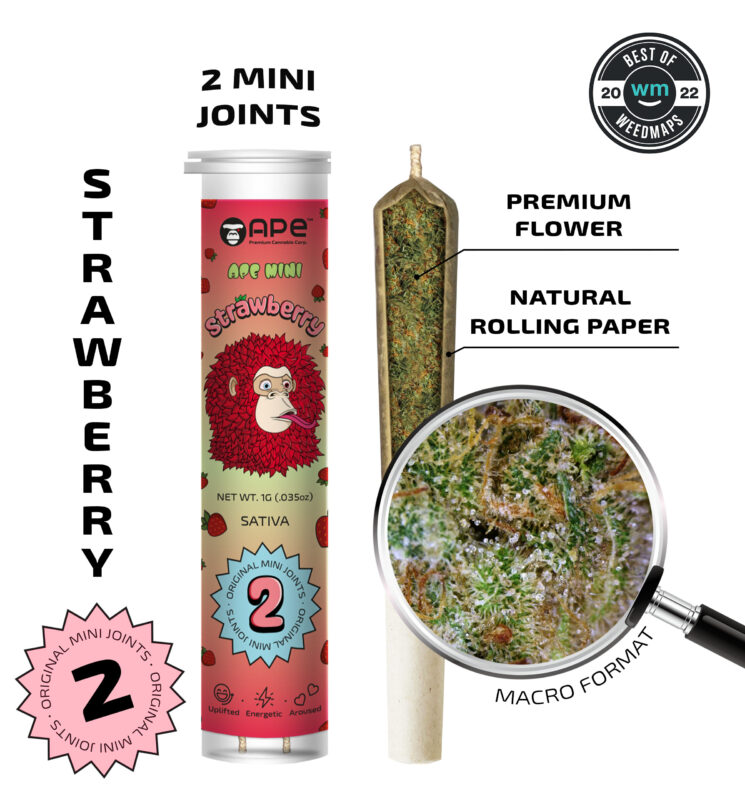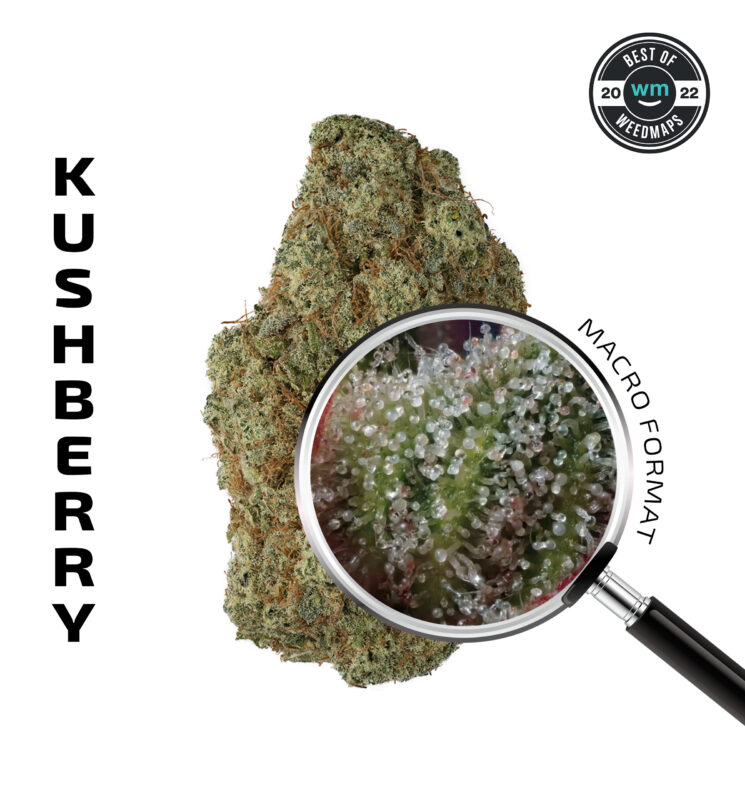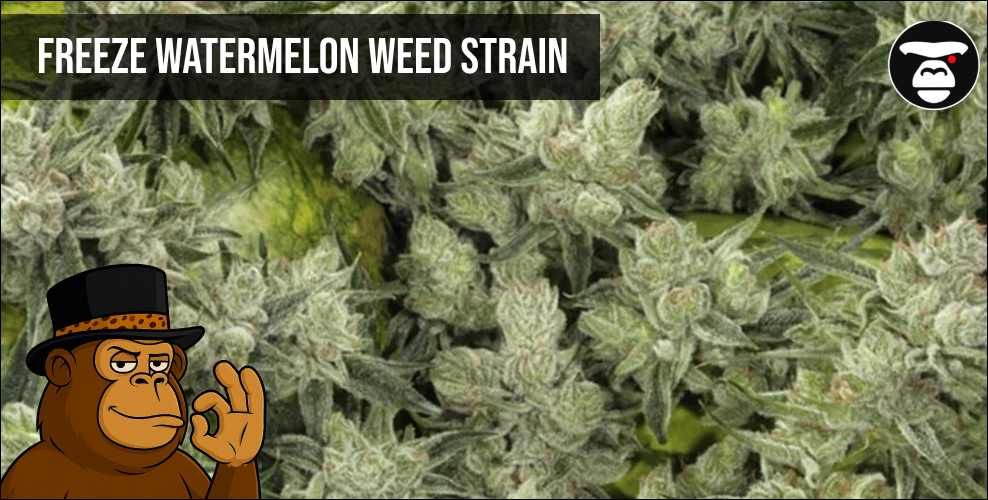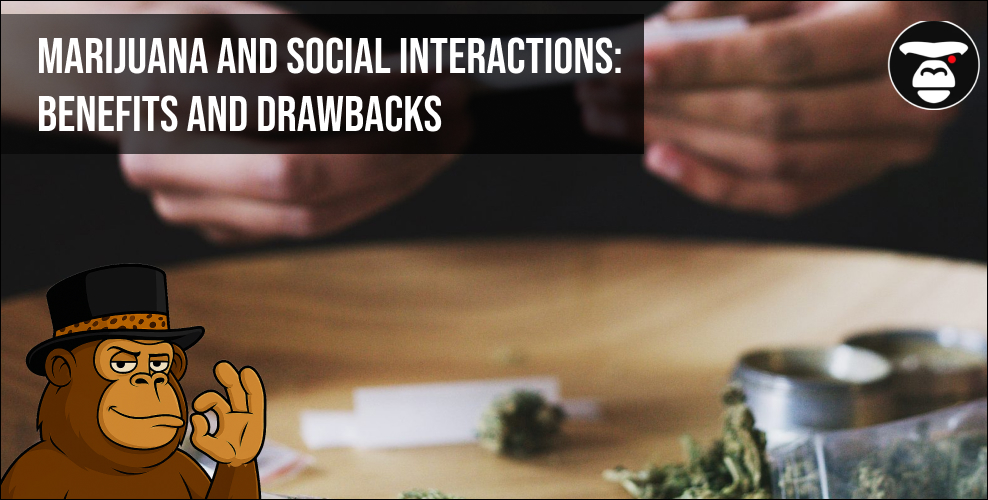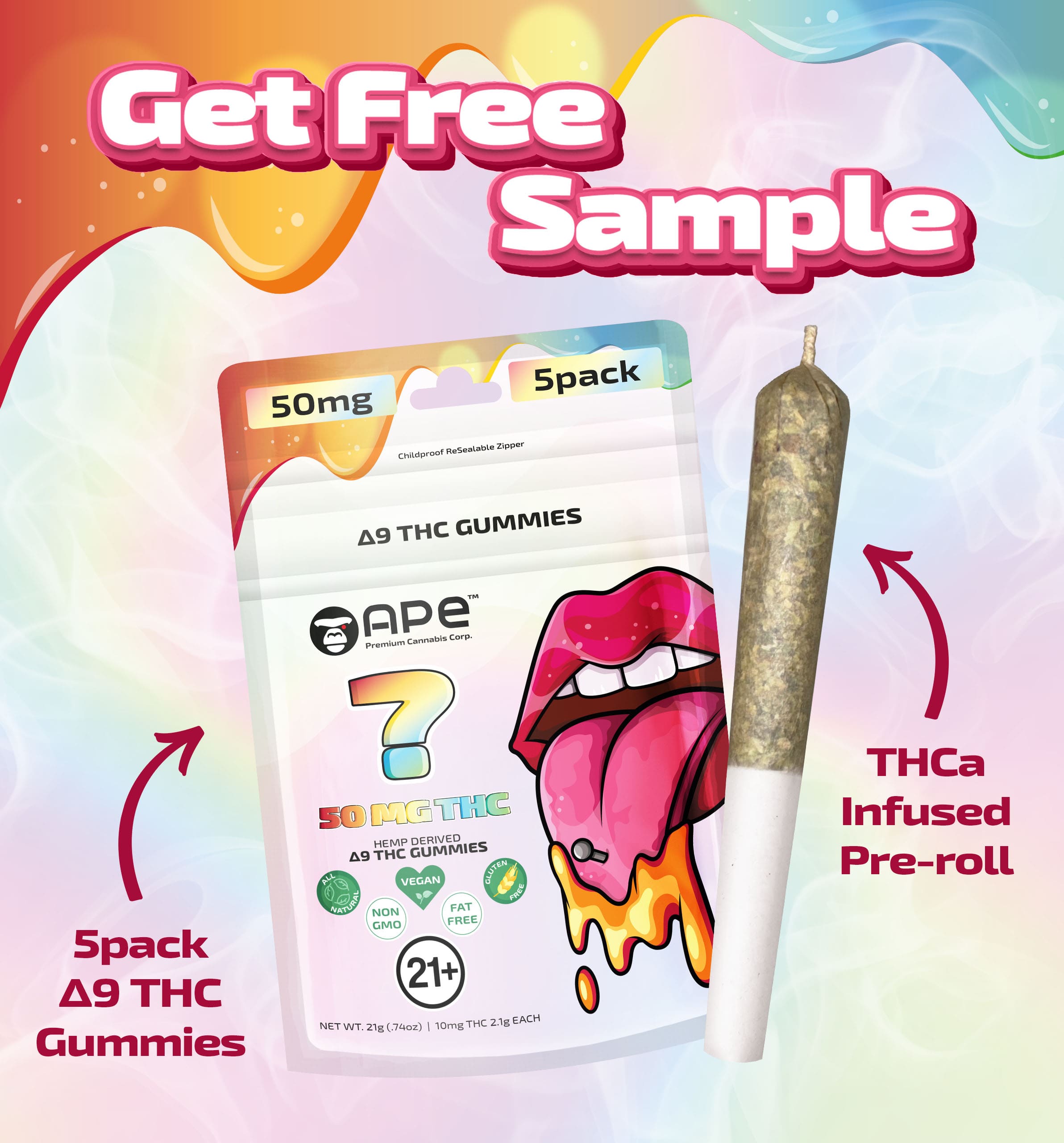What Are THC and CBD Laboratory Tests
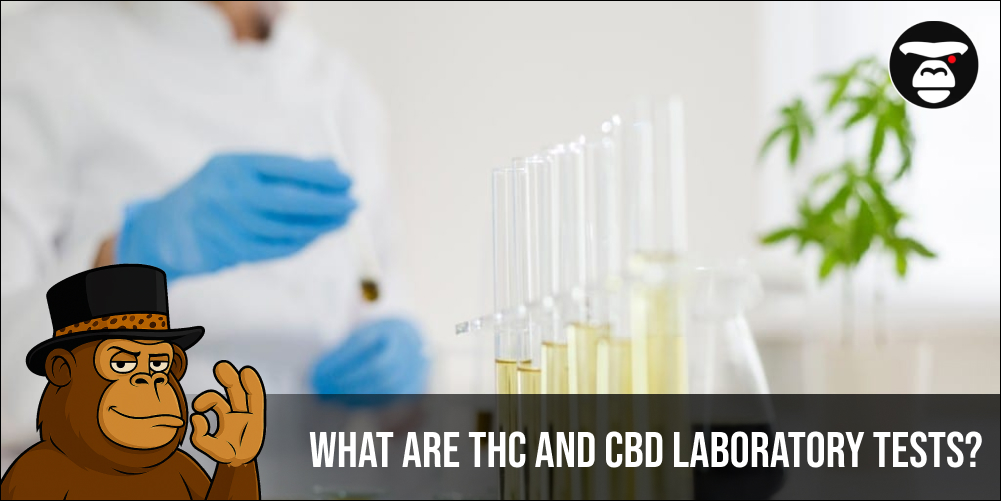
Laboratory tests for cannabis are a way to find out the exact content of THC and CBD in a product. These results help users select strains or products that provide a predictable effect without unexpected surprises. THC is responsible for psychoactive effects, creating feelings of euphoria, relaxation, or mild stimulation, while CBD softens the impact of THC, reducing anxiety, pain, and tension. Modern labs use high-precision methods such as HPLC (high-performance liquid chromatography), GC (gas chromatography), and spectroscopy. These methods not only determine cannabinoid percentages but also assess aromatic compounds—terpenes—which influence aroma and additional effects of the product.
Laboratory tests are important not only for beginners but also for experienced consumers who want to control their experience. Lab reports show percentages of THC and CBD, the presence of other cannabinoids (like CBG, CBN), terpene profiles (myrcene, limonene, pinene), and check for pesticides, microbes, and heavy metals. This information allows users to choose products for relaxation, creativity, medical purposes, or just safe enjoyment. Knowing the lab data helps predict effect strength and calculate dosage safely.
Key points:
• Safety verification and absence of contaminants.
• Accurate understanding of psychoactive effects.
• Ability to calculate dosage for personal goals.

How to Read a Laboratory Test Report
Reading a lab report can seem intimidating at first, but breaking it down into sections makes it much simpler. Most reports include three main parts: cannabinoids, terpenes, and safety metrics. The THС section shows the psychoactive potency. For example, 20% THC means that 20 grams of active compounds are present per 100 grams of product. СBD is usually listed as a percentage or milligrams per gram, which is especially useful for medical users.
Terpenes, the aromatic compounds, are also included. They shape the aroma and influence effects—limonene can uplift mood, myrcene promotes relaxation, and pinene helps maintain focus. Safety metrics are equally important: reports should indicate whether the product contains pesticides, microbes, or heavy metals. Dividing the report into these three sections makes it easier to understand what you’re consuming and ensures safer, more predictable results.
Important points to check:
• Percentages of THС and CBD to gauge strength and effects.
• Terpene profiles to anticipate mood and aroma.
• Safety information to avoid contaminants.
By learning to read lab reports this way, both beginners and experienced users can quickly evaluate products and make informed, safe choices.
Difference Between THC and CBD
THC and CBD are the two main cannabinoids that determine the effects of any cannabis product. THС is responsible for psychoactive sensations, creating euphoria and relaxation, while CBD affects the body and mind without producing a high. A high THС level can give a strong euphoric effect, whereas high CBD can reduce anxiety and relieve pain. The ratio between these two cannabinoids shapes the overall experience: a 1:1 ratio offers balanced relaxation and mild euphoria, while 20% THС and 0% СBD delivers a strong psychoactive effect.
Individual reactions vary. Even with the same THC and CBD levels, effects can differ from person to person. Lab reports provide guidance, but personal experience remains key. Understanding these numbers helps beginners avoid unpleasant surprises and allows experienced users to control effects more accurately.
Things to consider when choosing a product:
• The ratio of THС to CBD determines the type of effect.
• СBD can soften the effects of high THC.
• Personal tolerance and individual response are always important.
This knowledge helps users pick products suited to relaxation, creativity, or therapeutic use without relying solely on strain names or labels.
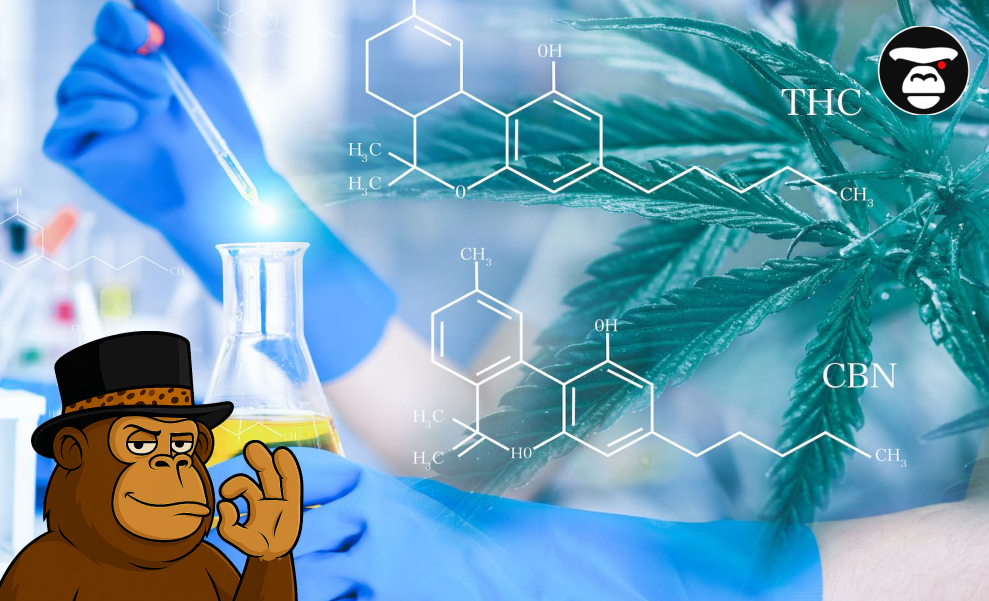
Types of Laboratory Tests
Different methods are used to analyze cannabinoids, each with its own strengths and limitations. HPLС (high-performance liquid chromatography) measures THС, СBD, and other cannabinoids accurately without heating the product, preserving the original chemical composition. GC (gas chromatography) is often used for concentrates, but heat can convert some THC into other forms, slightly affecting the results. Spectroscopy methods help assess terpene content and other compounds that influence aroma and the overall effect of the product.
Understanding which method was used is important when interpreting lab data. HPLC usually gives the most accurate representation of cannabinoid content, while GC may slightly underestimate THС percentages but is still reliable. Modern labs also evaluate product moisture and purity, ensuring it is free from pesticides, microbes, and heavy metals. This is critical for health and safety, especially for regular users or medical patients.
Key points to remember:
• HPLC provides accurate cannabinoid levels without heating.
• GC is common for concentrates but can slightly alter results.
• Safety and purity testing remain a priority for consumer protection.
By understanding the types of labоratory tests, users can better interpret reports, choose products with confidence, and ensure they get the desired effects safely.
How to Use Lab Data to Choose a Product
Laboratory tests provide essential information that helps consumers select cannabis products for specific goals. For light relaxation, users should choose products with low THC and high СBD. For creative sessions or evening euphoria, higher THС with moderate СBD is ideal. When using edibles, it is especially important to calculate THС milligrams accurately to avoid unexpected effects, as edibles can be significantly stronger than smoking or vaping. Lab data allows users to control dosage and frequency safely.
Lab reports also make it easier to compare different batches of the same strain. One batch might contain 18% THС, while another shows 22%, even though the strain name is identical. Using laboratory tests ensures that users can select the batch that consistently meets their needs. By analyzing cannabinoid ratios, terpene profiles, and safety metrics, consumers can make informed choices and enjoy a predictable experience with cannabis.
Helpful strategies for using lab data:
• Match THС/СBD ratios to your personal goal (relaxation, creativity, medical use).
• Check terpene profiles to anticipate mood and effect.
• Use lab data to calculate precise dosage for safe and predictable results.
Leveraging laboratory tests in this way empowers consumers to make confident, informed choices, avoiding surprises while maximizing the benefits and effects of cannabis.

Common Mistakes When Reading Laboratory Test Reports
Many cannabis users make common mistakes when interpreting laboratory tests, which can lead to unexpected experiences. The first mistake is assuming that the THС percentage alone determines the strength of the product. Effects depend not only on THС levels but also on the ratio of СBD and the individual’s tolerance. Ignoring this balance can result in either a weaker or unexpectedly strong experience.
The second mistake is overlooking terpene profiles. Terpenes influence not only the aroma but also the overall effect of the product. For example, limonene can uplift mood, myrcene can increase relaxation, and pinene can improve focus. The third common error is neglecting safety metrics. Pesticides, microbes, and heavy metals are far more important than simply chasing a high THС percentage.
To simplify reading reports, divide the information into three main blocks: cannabinoids, terpenes, and safety. This approach helps both beginners and experienced users quickly understand the product, its expected effects, and potential risks. By avoiding these common mistakes, consumers can make safer, more informed choices and enjoy a predictable cannabis experience.
Key points to remember:
• THС alone does not determine effect strength.
• Terpenes contribute to aroma and overall experience.
• Product safety is more important than a high THС percentage.
Following these guidelines ensures that labоratory tests become a reliable tool for selecting cannabis products safely and effectively.
- Which varieties lift your spirits and give you energy?
- Weed Delivery Services in Sacramento
- Weed Delivery and Dispensaries in Santa Rosa
Practical Tips for Using Laboratory Tests
Using laboratоry tests effectively can make a big difference in how you experience cannabis. It’s helpful to save or photograph each lab report for future reference, especially if you’re trying new strains or edibles. When testing a new product, always start with a minimal dose to gauge your reaction. For edibles, carefully calculate THС milligrams to avoid unexpected effects, as the potency can feel much stronger than smoking or vaping.
Keeping a simple journal can also improve your experience. Note the product, percentages of THС and СBD, amount used, and the effects you felt. Over time, this makes it easier to find products that consistently deliver the desired effect. Comparing different batches of the same strain becomes simple too—sometimes one batch might feel stronger than another, even if the strain name is identical. Laborаtory tests provide the data needed to make informed, safe, and repeatable choices.
Practical tips:
• Save lab reports for future reference and comparison.
• Start with a minimal dose, especially for new products.
• Compare batches using lab data to choose the most suitable option.
By following these tips, users can take full advantage of labоratory tests, ensuring a controlled, enjoyable, and safe cannabis experience, while minimizing surprises and maximizing benefits.
Future of Laboratory Tests and Technology
The future of laboratory tests in the cannabis world is becoming more practical, accurate, and accessible. New technologies are making it easier for both consumers and producers to measure THC and СBD levels reliably. Home testing devices are starting to provide instant readings, giving users a quick idea of potency before use. This helps prevent overconsumption and allows a more controlled experience.
Online platforms and apps also give users access to real-time lab data before purchase. Instead of guessing effects based on strain names or reviews, consumers can now check verified laboratory tests for cannabinoid content, terpene profiles, and safety. This ensures that each product is matched to personal goals, whether it’s high THC for creativity, elevated CBD for therapeutic use, or a balanced ratio for relaxation.
What’s coming next:
• Home devices to measure THC and CBD levels.
• Online lab reports for transparent and informed choices.
• Improved quality control and consistency across batches.
This evolution makes cannabis use safer and more predictable, helping users understand what to expect from each product and dose accurately. Laboratory tests are becoming a key tool for navigating the cannabis market with confidence.

FAQ About THC and CBD Laboratory Tests
What are laboratory tests for cannabis?
Laboratory tests measure the content of THС, СBD, and other cannabinoids in cannabis products. They also assess terpene profiles and check for contaminants such as pesticides, microbes, and heavy metals, providing safe and accurate data for consumers.
Why is understanding THC and CBD levels important?
Knowing the THС and СBD levels helps users predict the effects of a product, choose appropriate dosages, and select products that match their goals, whether for relaxation, creativity, or medical purposes.
How do terpenes affect cannabis effects?
Terpenes are aromatic compounds that shape both the smell and the overall experience. For example, limonene can boost mood, myrcene promotes relaxation, and pinene helps maintain focus. Understanding terpene profiles complements cannabinoid information to predict effects more accurately.
Can lab results vary between batches?
Yes, even the same strain can show variations in THС and СBD content between batches. Laborаtory tests provide precise data, allowing users to select batches that meet their expectations and desired effects consistently.
How should beginners use lab reports safely?
Beginners should start with minimal doses and refer to laborаtory tests for cannabinoid percentages. Tracking responses in a journal and checking terpene and safety data can help avoid unexpected effects and ensure a controlled experience.






